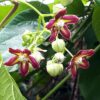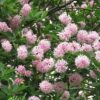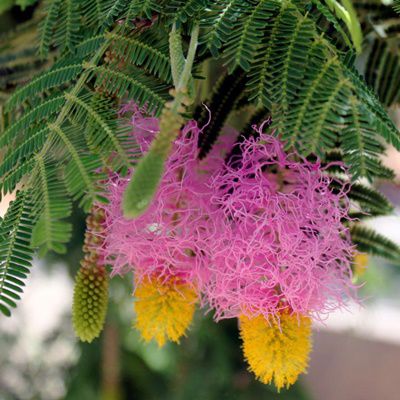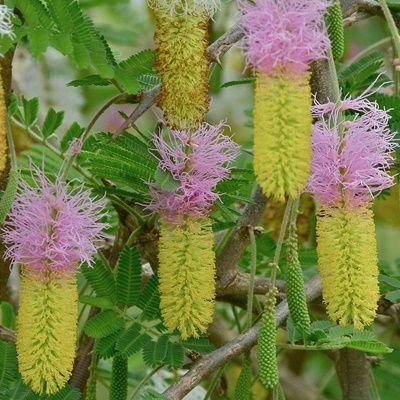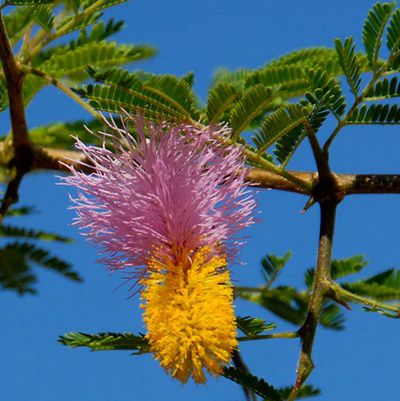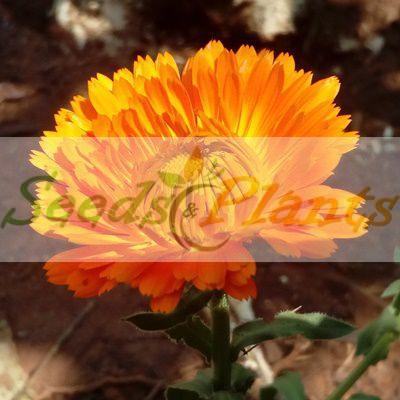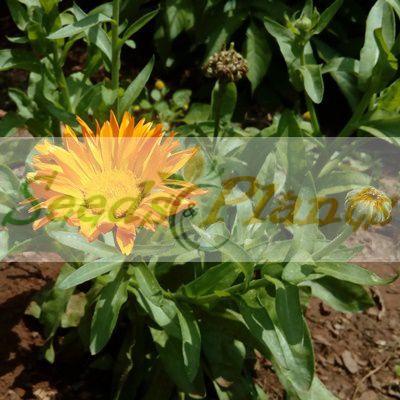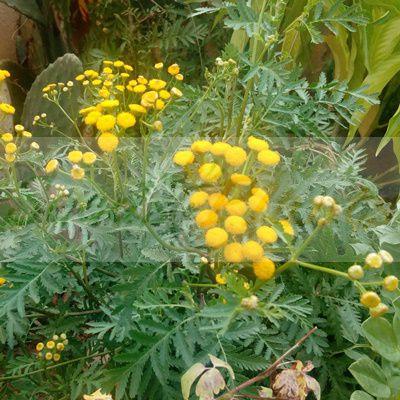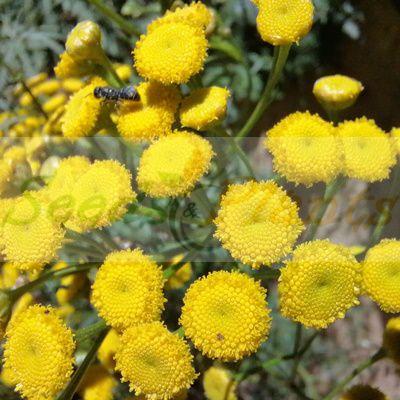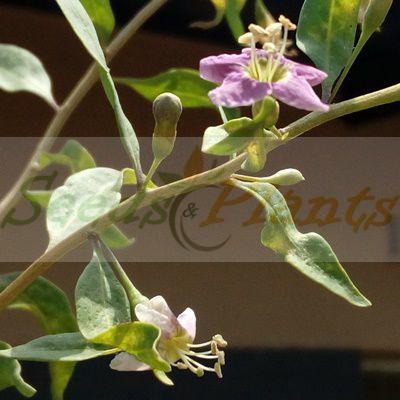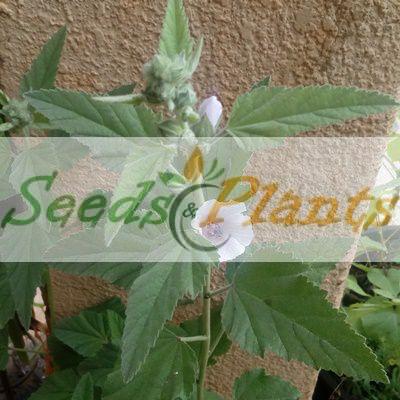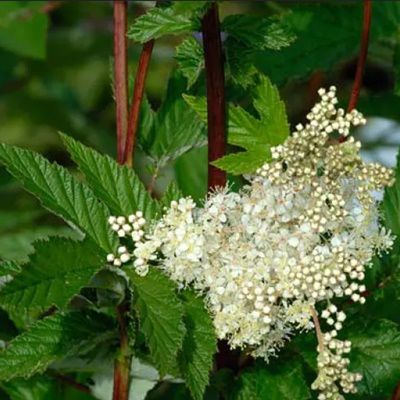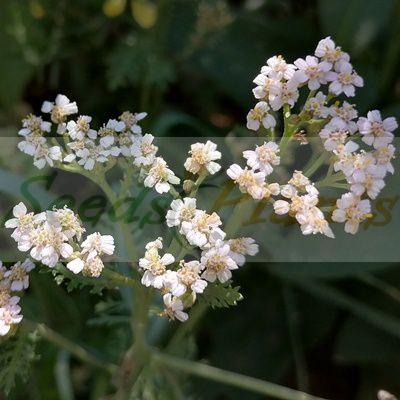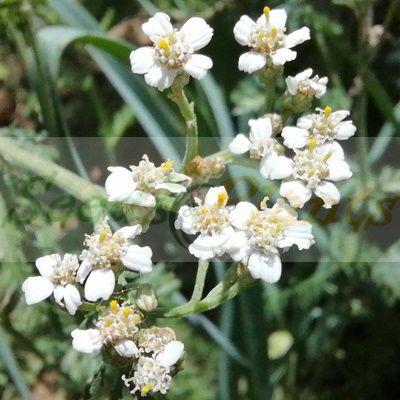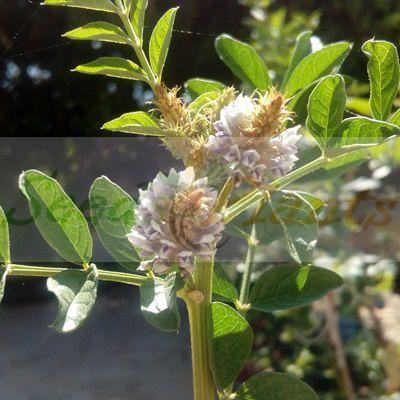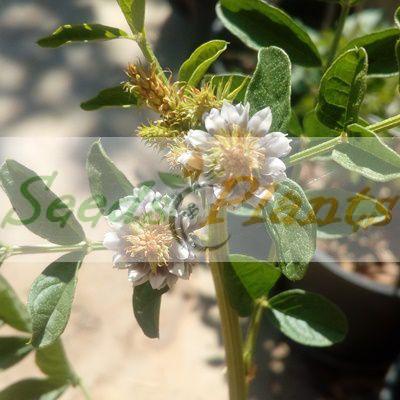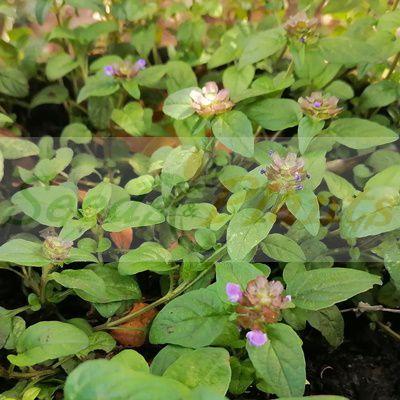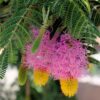🌿 Herbal Quick Facts
Medicinal Info
- 🌍 Origin / Region: Australasia, Central Africa, East Africa, India, Madagascar, Southern Africa, Sri Lanka
- 🌿 Medicinal Part: Bark, Leaf, Pods, Root
- 🍵 Herbal Preparation: Decoction, Extract / Tincture, Infusion / Tea, Juice, Paste, Powder
- ⚕️ Healing System: African Traditional Medicine, Ayurvedic System of Medicine, Siddha System of Medicine
Growth Traits
- 🌾 Plant Type: Shrub, Tree
- 🦋 Pollinator Method: Attracts Bats, Attracts Bees, Attracts Beetles, Attracts Butterflies
- 🪴 Growth Habit: Shrub, Tree
- 🌿 Foliage Type: Deciduous
- 🌸 Flower Color: Bicolor, Pink, Yellow
Growing Requirements
- 🌞 Sun Exposure: Full Sun, Partial Shade
- 💧 Water Needs: Low Water
- ☀️ Growing Conditions: Drought Tolerant, Frost Sensitive, Heat Tolerant, Moderate Cold Tolerance
- 🟤 Soil Preference: Poor Soil Tolerant, Tolerant of most soils, Well-Drained
Sickle Bush – 5 Seeds
(Dichrostachys cinerea)
R30.00
Sickle Bush is a shrub or small tree that is well known for its medicinal uses.
Common names: Sickle Bush, Princess Earrings, Bell Mimosa, Chinese Lantern Tree, and Kalahari Christmas Tree.
Indoor Sowing: Spring and Summer.
Direct Sowing: Spring and Summer.
In stock
🌿 Herbal Quick Facts
Medicinal Info
- 🌍 Origin / Region: Australasia, Central Africa, East Africa, India, Madagascar, Southern Africa, Sri Lanka
- 🌿 Medicinal Part: Bark, Leaf, Pods, Root
- 🍵 Herbal Preparation: Decoction, Extract / Tincture, Infusion / Tea, Juice, Paste, Powder
- ⚕️ Healing System: African Traditional Medicine, Ayurvedic System of Medicine, Siddha System of Medicine
Growth Traits
- 🌾 Plant Type: Shrub, Tree
- 🦋 Pollinator Method: Attracts Bats, Attracts Bees, Attracts Beetles, Attracts Butterflies
- 🪴 Growth Habit: Shrub, Tree
- 🌿 Foliage Type: Deciduous
- 🌸 Flower Color: Bicolor, Pink, Yellow
Growing Requirements
- 🌞 Sun Exposure: Full Sun, Partial Shade
- 💧 Water Needs: Low Water
- ☀️ Growing Conditions: Drought Tolerant, Frost Sensitive, Heat Tolerant, Moderate Cold Tolerance
- 🟤 Soil Preference: Poor Soil Tolerant, Tolerant of most soils, Well-Drained
Sickle Bush (Dichrostachys cinerea) is a spiny, deciduous shrub or small tree that grows up to 7 m high, with a rounded crown, 3 m wide.
The bark is rough, yellow to grey-brown. The leaf stalks are up to 50 mm long and the leaf length varies between 10 and 160 mm. The young twigs are slightly hairy and the spines are hardened branch-lets, ending in a straight, sharp point.
The flowers are 25 to 50 mm long, pendulous spikes that are borne in the leaf axis, singly or in bundles. The pleasant-smelling fluffy flowers are lilac in the upper half and yellow in the lower half. The tree flowers in Spring. Each flower produces a mass of flat, coiled green pods that turn brown and later fall to the ground. Each pod contains a large number of seeds and young pods are curved, resembling sickles. The pods are very nutritious to animals and are eaten by stock and game, including monkeys, rhinoceros and bush pigs.
Common names: Sickle Bush, Princess Earrings, Bell Mimosa, Chinese Lantern Tree, and Kalahari Christmas Tree.
Sickle Bush Medicinal Benefits
The bark, roots, and leaves are used in the treatment of dysentery, headaches, toothaches, elephantiasis, snakebites and scorpion stings, leprosy, syphilis, coughs, epilepsy, gonorrhea, boils, and sore eyes. It can also be used as a contraceptive for women, as laxative, and for massage of fractures.
Growing Sickle Bush
Indoor Sowing: Spring and Summer.
Direct Sowing: Spring and Summer.
- Place the seeds in hot water, allow them to cool and then soak in water for 24 hours.
- Fill a tray or container with coarse sand or soil that is mixed 1 part soil to 3 parts compost.
- Plant the seeds to a depth equal to their diameter.
- Germination in about 14 days.
- Can be grown in a large container.
- Suitable for: light (sandy), medium (loamy) and heavy (clay) soils, prefers well-drained soil and can grow in nutritionally poor soil.
- It can grow in semi-shade or full sun.
- It prefers moist soil, but can tolerate drought.
Can this plant be grown as a shrub or a tree?
Sickle Bush can be maintained as a shrub with pruning, or allowed to grow into a small tree depending on growing conditions.
Does this plant have medicinal uses?
Traditionally, Sickle Bush has a history of use in various healing systems, including African Traditional Medicine and Ayurvedic System of Medicine. Seeds are sold for cultivation purposes only.
Disclaimer
Medicinal Information:
All medicinal information on this website is for educational and informational purposes only and may not be construed as medical advice. The information is not intended to replace medical advice or treatment offered by healthcare professionals.
Seeds, Plants, Plant Cuttings, Geophytes and Dried Herbs:
In some countries and provinces, certain plants are deemed as invasive and are not allowed to be planted at all, whilst some plants are allowed to be grown only in certain areas or provinces. The onus is on you as the buyer to familiarize yourself with the regulations pertaining to your location, before purchasing any of our seeds, plants, plant cuttings, geophytes or dried herbs. We will not be held liable, should you purchase any seeds, plants, plant cuttings, geophytes or dried herbs. from us which are prohibited in your country or province.

